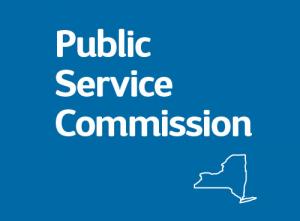New York Provides for Export Opportunities

In New York, the Public Service Commission has approved a plan under which Consolidated Edison Company of New York (ConEd) may significantly expand the use of battery storage systems within its service territory. Pursuant to associated tariff amendments adopted by the commission, additional scenarios are envisioned under which such energy storage systems would be able to export to ConEd’s distribution system.
The commission said the modifications to the utility’s present energy storage programs would be consistent with recent state action that encouraged the deployment of 1,500 megawatts (MW) of energy storage by 2025, with concomitant employment of 30,000 New York workers.The new tariff terms broaden Con- Ed’s energy storage system applications to include exports to both the utility’s primary and secondary distribution systems. According to the commission, such expansion will allow battery storage technology to participate in future “non-wires alternative” (NWA) projects beyond the Brooklyn/Queens Demand Management Program. The commission deemed that a “particularly salient” factor as ConEd begins to develop additional energy storage-capable NWA project proposals.
The commission commented that besides NWA programs, ConEd’s revised tariffs also expand the ability of customers to participate in certain commercial demand response programs using energy storage technologies. As an example, the commission noted that the plan permits inverterbased energy storage systems to export to the utility’s secondary distribution system under the company’s buy-back service tariff. The commission explained that allowing inverterbased energy storage technologies to export to the secondary voltage distribution system provides a new option for customers to interconnect energy storage systems while maintaining system power quality and reliability.
Another proposal okayed by the commission pertains to the exclusion of stand-alone energy storage systems from being able to earn existing standby reliability credits. In finding such exclusion reasonable, the commission elaborated that standby customers can completely avoid any contribution to grid costs imposed by the energy storage system, including costs specific to that customer. Moreover, the commission pointed out that the reliability credit is designed to reward customers for managing both their generation and non-generator load behind the customer’s meter for the benefit of the distribution system, which stand-alone systems cannot do.
The commission thus concurred with the utility that eliminating standalone systems from eligibility for the credits would help prevent cost shifts to other standby service customers, since stand-alone systems would be able to avoid all delivery charges if the credits were available. Re Consolidated Edison Co. of New York, Inc., Case 17-E-0458, Feb. 22, 2018 (N.Y.P.S.C.).



